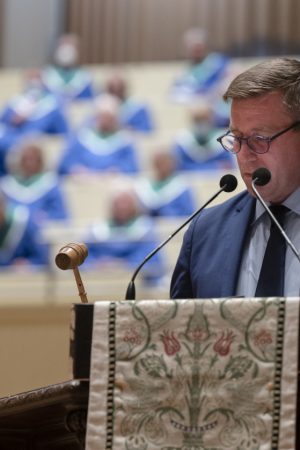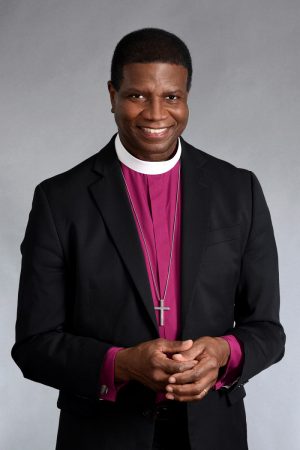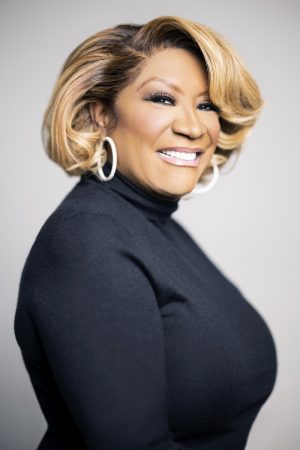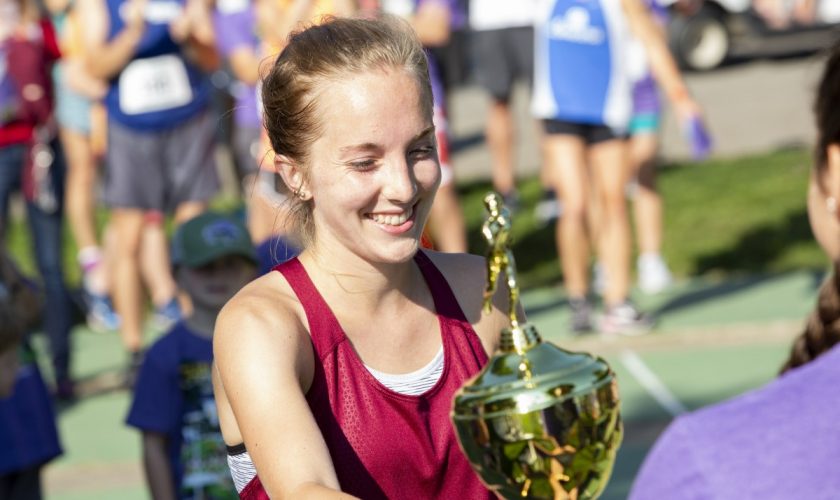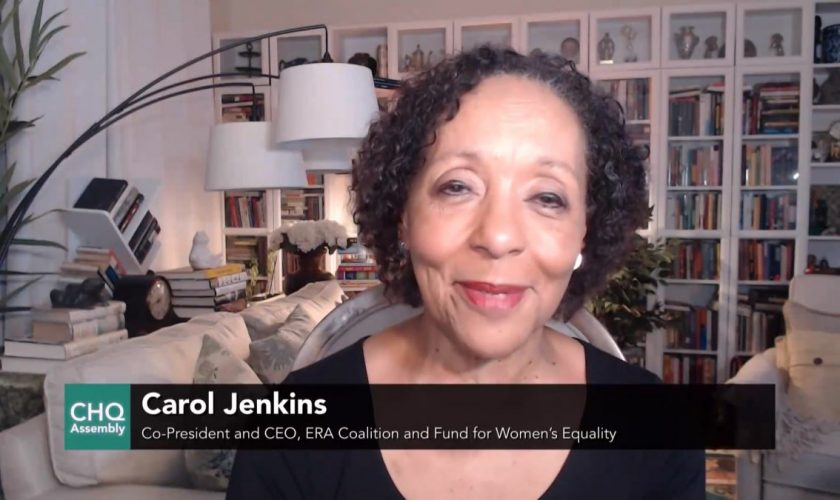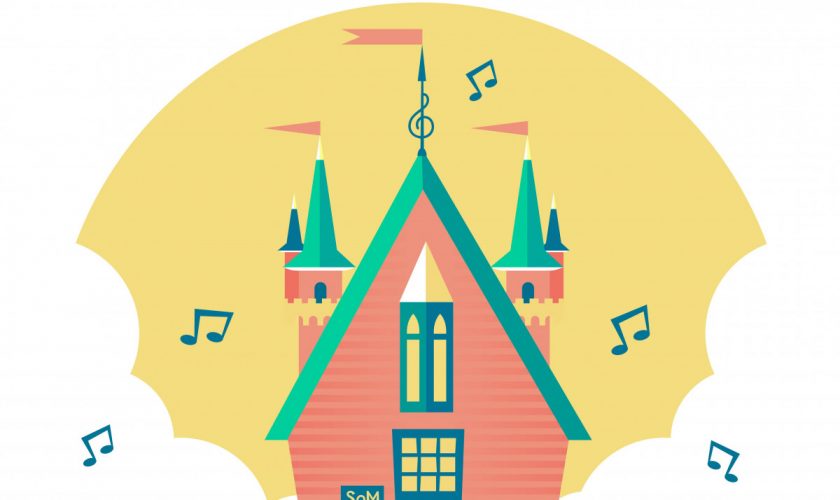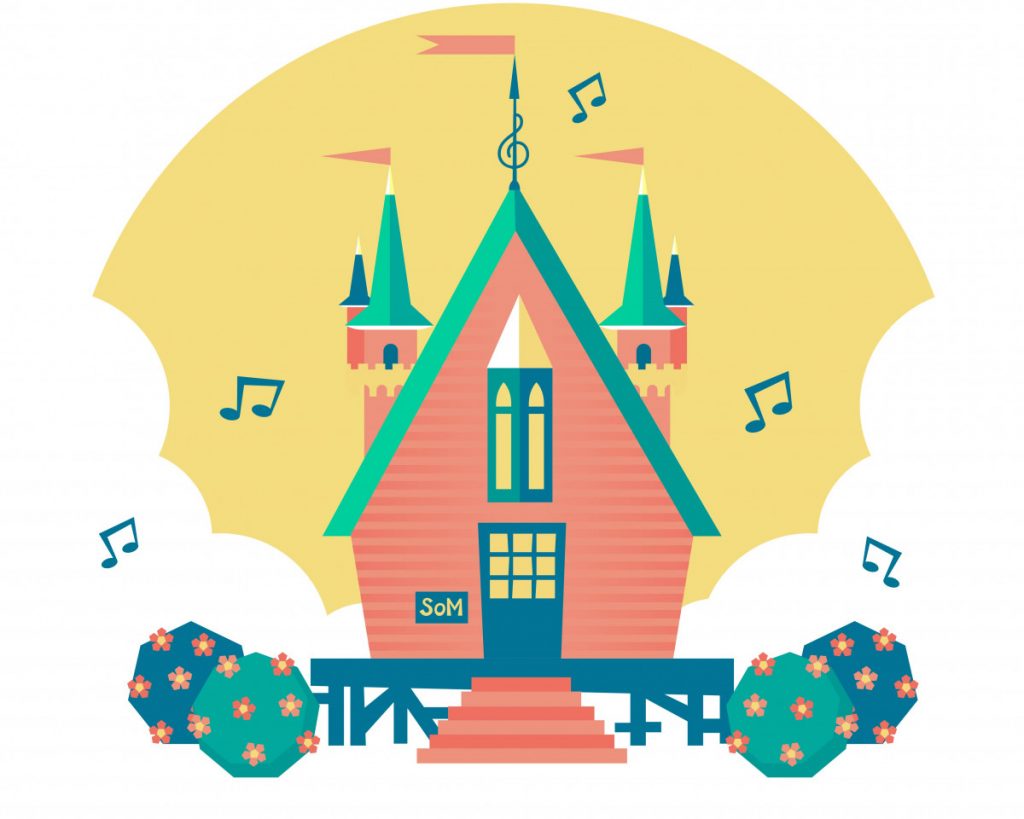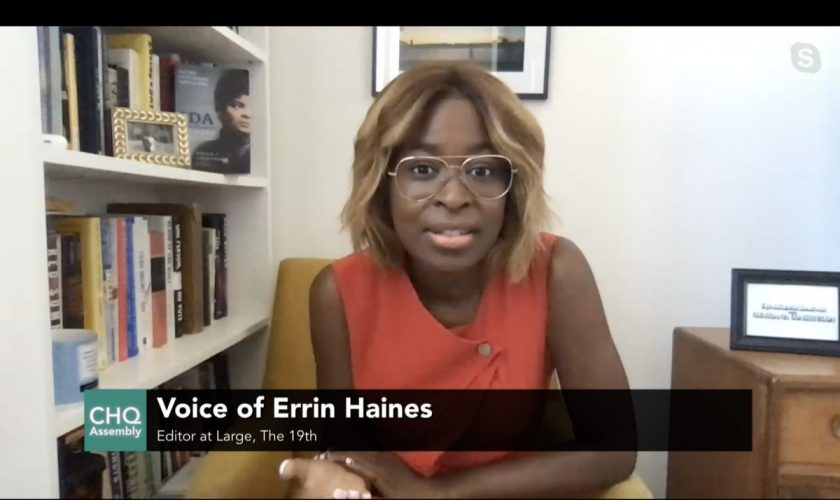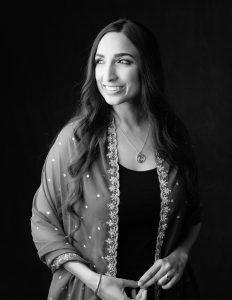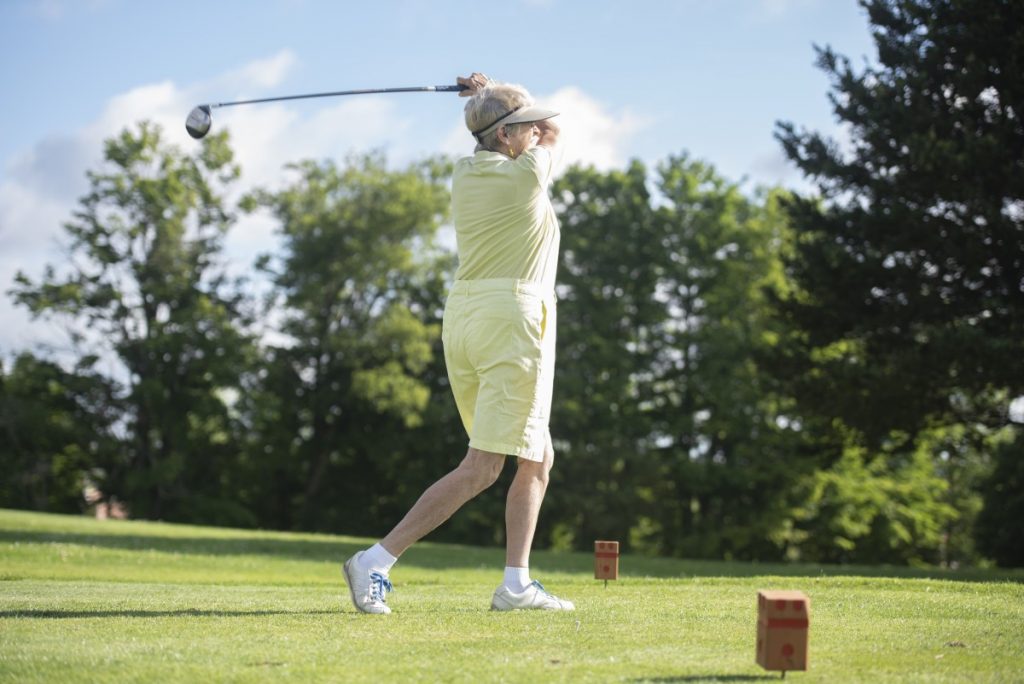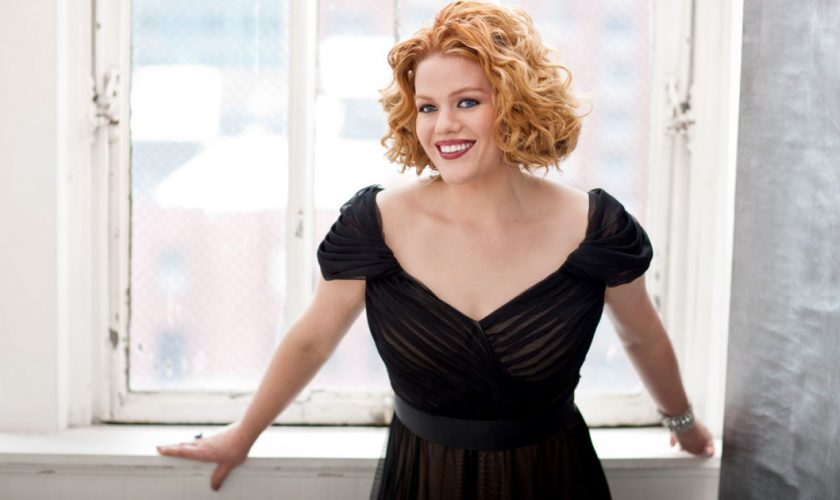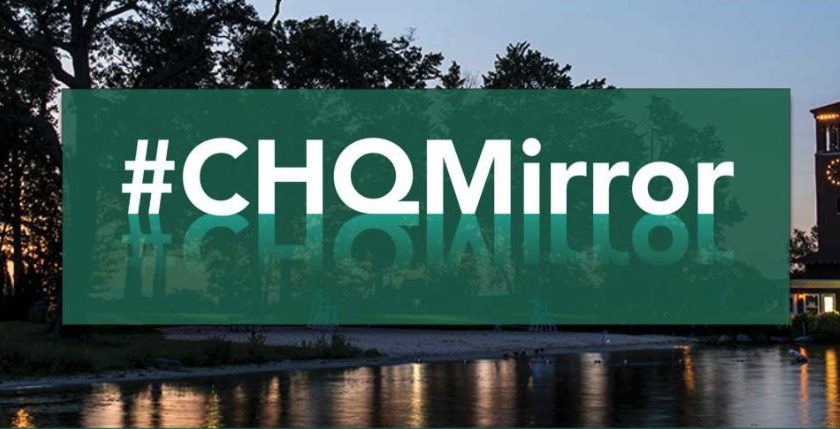
For nearly 50 years, hundreds, even thousands of Chautauquans have gathered to celebrate a hallowed Chautauqua tradition.
Sneakers laced tightly, water bottles in hand and a gleam of excitement in their eyes, Chautauquans young and young at heart would put toes to the starting line and wait for the signal to run, and thus would begin the annual Old First Night Run/Walk.
Though the grounds are quiet this year, the Sports Club has made it their mission to keep the tradition of the OFN Run/Walk alive through a virtual “Around the World” Race; the race can be run from anywhere in the world. The “Around the World” virtual race has existed since 2013, always in conjunction with the physical, in-person OFN Run/Walk; for 2020, it is the sole iteration of the event.
The run is traditionally held at 8 a.m. EDT on the Saturday before Old First Night — this year, Saturday, Aug. 1 — and traces a 2.75-mile path around the perimeter of Chautauqua’s grounds. This year, participants can register for the virtual race, which can be run or walked at any point before or on Aug. 1 anywhere in the world.
“We expect to hear from hundreds who will walk, run, stroll or jog the 2.75 miles from their hometowns and other locations around the world,” said Sports Club Director Deb Lyons. “We appreciate folks sending in their pictures wearing their 2020 Virtual Run T-shirts to socialmedia@chq.org to be posted on Chautauqua’s Facebook and other social media sites.”
Registration for the race includes a special edition OFN 2020 virtual “Around the World” Race T-shirt, with proceeds benefiting the Chautauqua Fund.
In past years, runners have come from far and wide to participate, often with family members of all ages in tow. Many Chautauquans consider it a family tradition and have been running or walking in the race since they were young children.
The 2019 first-place runner Adam Cook told The Chautauquan Daily that he was “familiar with the course, since he has been coming to Chautauqua with his parents and grandparents for years.”
“This is a tradition, this race,” Lyons told the Daily in 2019. “You’ll find out this race has inspired people in so many different ways. Not only do some huge families have 20 people sign up every year, but generations of families do it. People have juggled this course last year, juggling it and running it. People keep coming because it is a tradition for them.”
Chautauqua’s OFN Run/Walk course may be empty this year, but it will not be forgotten. To help runners feel as if their feet are pounding the earth in their summer home, the Sports Club has posted a video of the race course; whether the 2.75 miles are run on a treadmill, on a path through a city park, down the street in a neighborhood or even on a dirt road in the middle of nowhere, participants will be able to run through the grounds in spirit.
This event is made possible by ERA Vacation Properties and DFT Communications, Partners in Technology.


